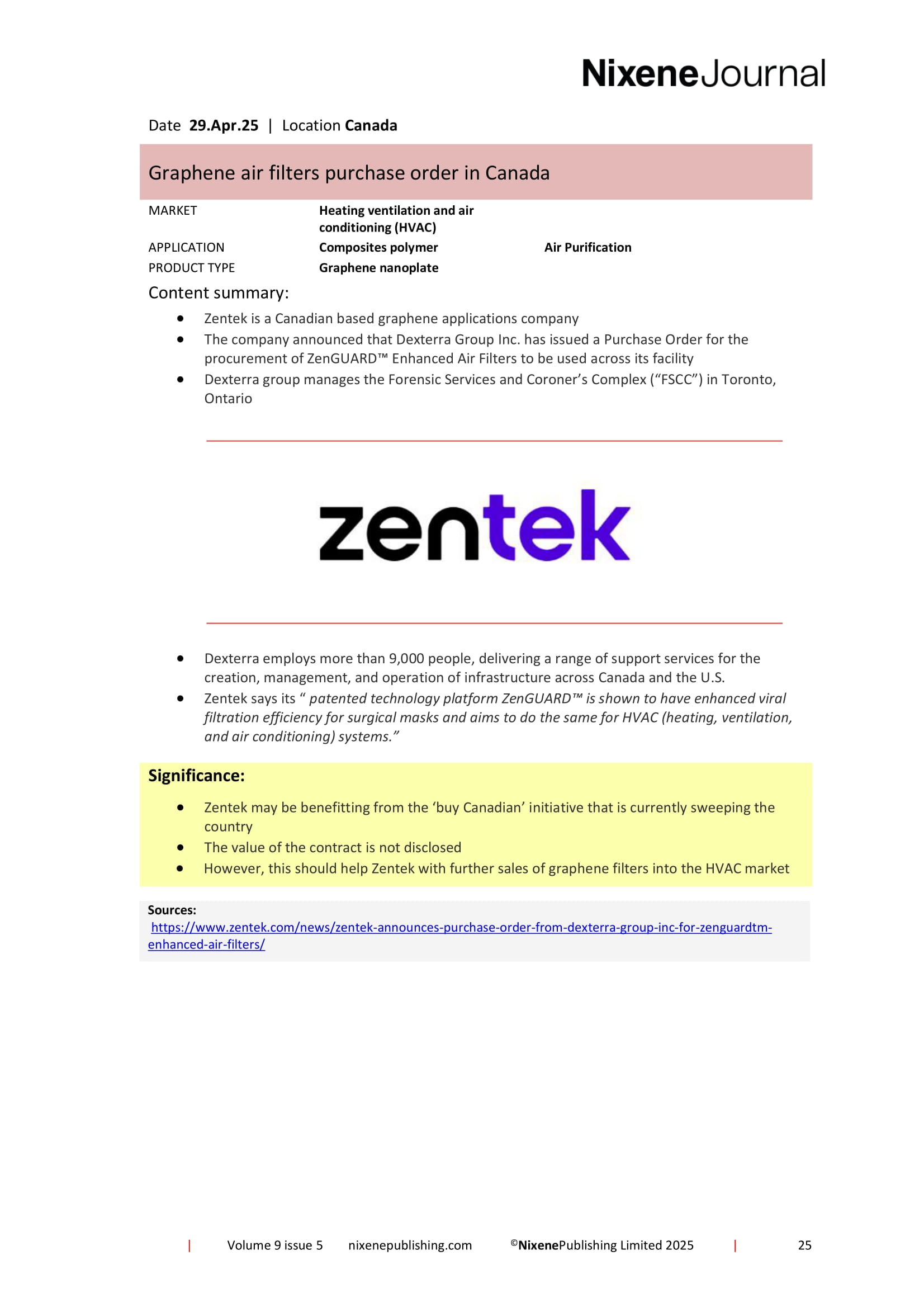Journals
This product is relevant to the following:
Material:
Other:
, ,Locations:
Markets:
Applications:
Product Types:
Technologies:
Related products
-
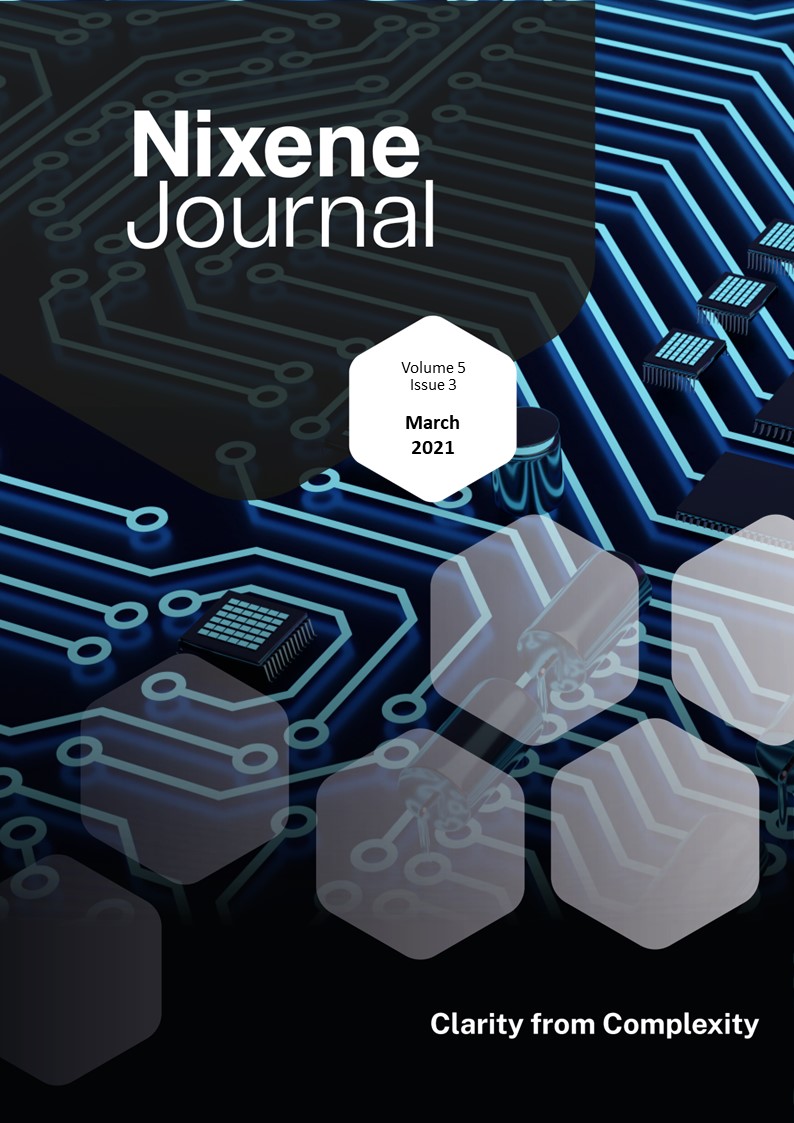
Vol 5 Issue 3
Graphene and 2D materials are still creating scientific progress and the pace is if anything speeding up. You may recall from 2018 that MIT discovered twisted bilayer graphene displayed superconductivity. Andre Geim said this was a genuine surprise when we interviewed him at the Graphene industry showcase event (Vol 4 Iss1 p.8). Well, the MIT team have been exploring this field of twistronics and have now found that using trilayer twisted graphene creates more robust superconductivity at slightly higher temperatures. This points the researchers towards more layers of graphene. Maybe people will start to realise multilayer sheet graphene is much more than graphite. In another development, liquid mercury has been turned into a solid by graphene and the resulting composite has promise for making a new generation of catalysts that could replace more expensive noble metals such as platinum and gold. This finding might also create the possibility to remove liquid mercury contamination from oil and gas processing. Sparc technologies in Australia has some profile this month. They have developed a functionalised graphene with the University of Adelaide. This is showing promise for land remediation and also early work is showing it has some value adsorbing precious metals from mining waste. Sustainability applications like these attract our attention, especially if followed by commercial success. Swedish company 2D fab is working on a project with Swedish research institutes to commercialise a new process for making hydrogen peroxide (H2O2) using graphene paper electrodes. H2O2 is an important industrial product used for bleaching and is an important ingredient in many consumer products. The current process for making H2O2 is energy intensive and creates waste. This new process promises to be lower energy without waste and is more environmentally sustainable. The project should complete by April 2023. Keeping the sustainability theme this month, we also see that the GEIC has started to engage with graphene enhanced concrete, This is really good news. Regular readers will know that we believe graphene in concrete will eventually become the biggest application because it has the potential to reduce global carbon dioxide emissions by 2% with very little impact on our lifestyles. A message that perhaps might reach the ears of those attending the UN Climate Chance conference later this year. As usual there is so much more to explore in this issue, including two special features by Debbie Nelson that are well worth reading. Adrian Nixon, 1st March 2021£45.00 View product -
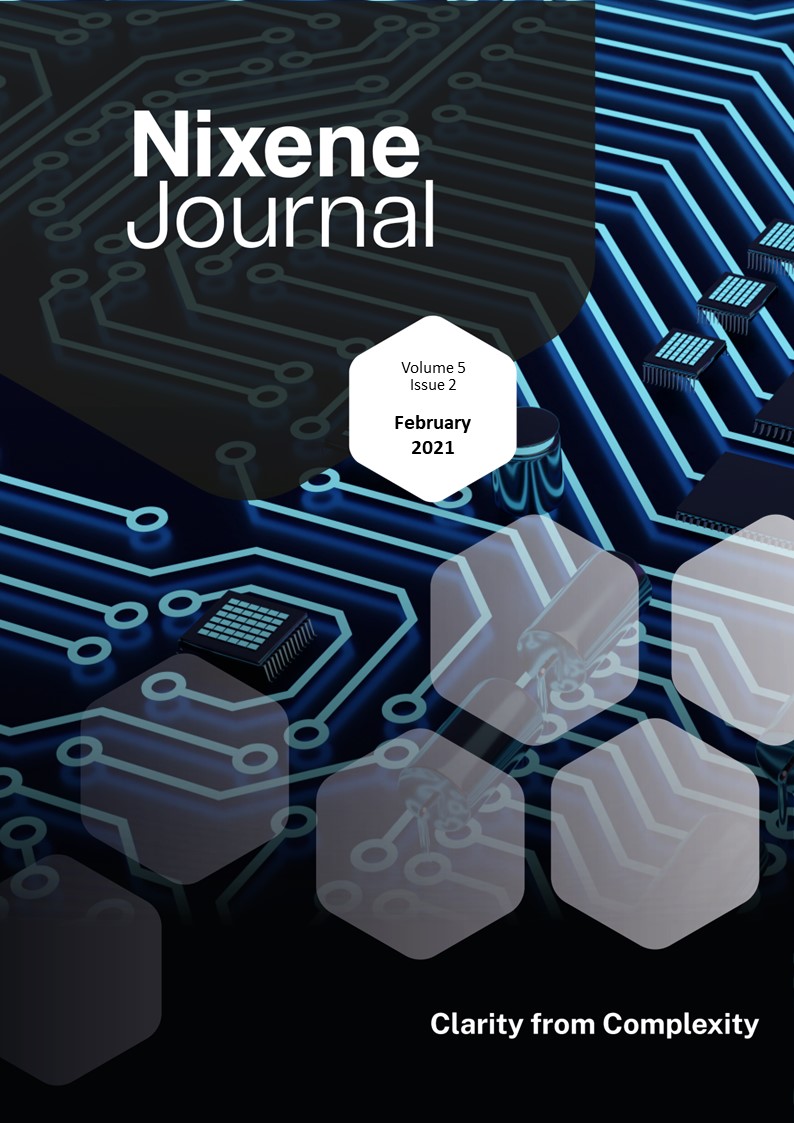
Vol 5 Issue 2
Regular readers will be aware of my view that the field of graphene is moving faster than anyone realises. More evidence supporting this emerged this month. A team at Penn State university in the USA has been working on experiments with passing sound waves through sheets of graphene with precise holes drilled in hexagonal patterns. They made the acoustic analogue of twisted bilayer graphene and found the acoustic equivalent of the magic angle. So, as well as twistronics for electrons we now have phononics for sound waves in twisted bilayer graphene, and probably other 2D materials. A new field of scientific study made possible by graphene the progress really is astonishing. The US Government is starting to wake up to the power of graphene. James Tour’s flash graphene is attracting the attention. The team now can take the waste char from plastic recycling and turn it in to graphene that improves the strength of cement by 30%. Rice University says the Air Force Office of Scientific Research and the Department of Energy supported the research. Trade magazines in the construction sector are also picking up on this. Another development by James Tour; Laser induced graphene is being used to make biosensors that detect and diagnose SARS-CoV-2 in blood and saliva samples. The test links to a smartphone and produces results in ten minutes. More work is being done with graphene supercapacitors. It looks like increasing the surface area of graphene nanoplates by increasing the separation between the nanoplates increases the energy density. Cross linking the nanoplates with a big molecule that is also electrically conductive improves the supercapacitor performance still further. Computer graphics card manufacturer, Gigabyte, has launched a new high end gaming card. Graphene is being used to improve the cooling performance, interestingly not using the thermal properties, but using graphene as a lubricant. Investors seem to be taking a more active interest in graphene companies. Ionic, the Australian supercapacitor manufacturer has received $2million to develop its manufacturing operation. In the UK Versarien has raised another £3.5million and Applied Graphene Materials has raised £6million in cash by selling more shares. This gives both companies some financial breathing room but also raises the pressure to deliver revenue growth. And there is lots more of interest in this packed issue. Adrian Nixon, 1st February 2021£45.00 View product -
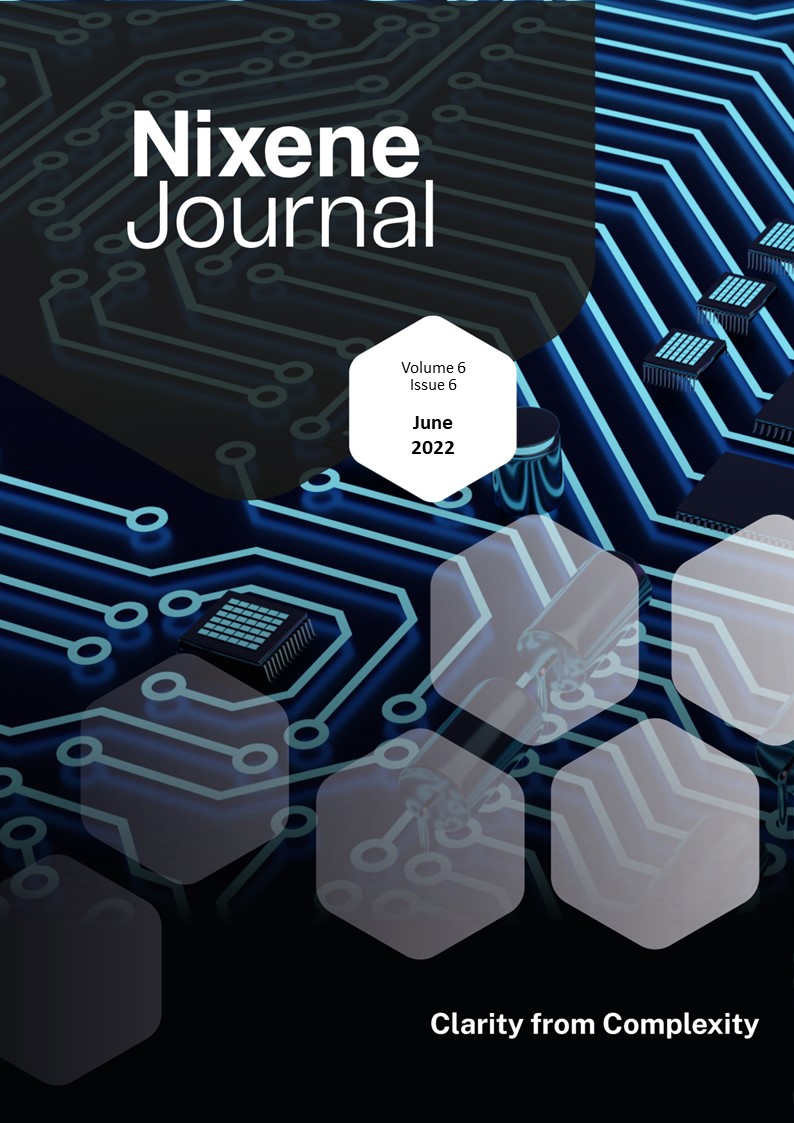
Vol 6 Issue 6
A sustainable economy is a major aspiration for governments and corporations alike. As we head into the future recycling and upcycling of materials is a major part of this. In principle, plastics should be relatively straightforward to recycle. In practise this is quite challenging because different types of plastics are often bonded together, to achieve different performance criteria, and often end up in waste dumps at the end of the product’s life because these bonded composites are often impossible to recycle. The Ford Motor Company has been making progress addressing this challenge with Prof James Tour’s team at Rice University in the USA. A few days ago, they published the results of their joint work (p.14). They have proved that a variety of waste plastics from end-of-life vehicles can be made into flash graphene powder. The flash graphene was used to make new graphene enhanced polymers which had better mechanical performance, so this can be considered as a prime example of upcycling rather than recycling, (upcycling is the process of converting a material into a new resource of higher quality, value and increased functionality). Ford and Rice are creating an important chapter in the graphene story with this work. Two new two-dimensional (2D) materials have been created for the first time this month. In 2012, a new 2D allotrope (a new form) of carbon called graphyne was thought to be possible to make and some of its properties were predicted. A decade later, a team of chemists at the University of Colorado has actually made small amounts of the material for the first time (p.15). The other new 2D materials are called transition metal carbo-chalcogenides, more easily termed TMCCs. These have been made by a joint team in the USA and Sweden. TMCCs have a combination of electrical conductivity and stability that make them attractive candidates for electronics and energy storage applications. The manufacturing process is also relatively straightforward and scaleable in comparison with similar materials and this could make them a viable commercial proposition in the future. Returning to the sustainability theme; this month, UK graphene manufacturer Levidian Nanosystems Ltd. announced a £700 million deal with the United Arab Emirates (UAE) to supply 500 of its graphene production units. This will capture half a million tonnes of CO2 equivalents (CO2e) over the next five years. The system works by turning methane gas into graphene. The graphene is almost a by-product in this case. The most logical use will be to further reduce CO2 emissions by using the graphene to enhance concrete for many construction projects in the UAE. Graphene is certainly making an impact right where it is needed most – furthering the sustainability agenda, you can find out more by reading on… Adrian Nixon 1st June 2022£45.00 View product -
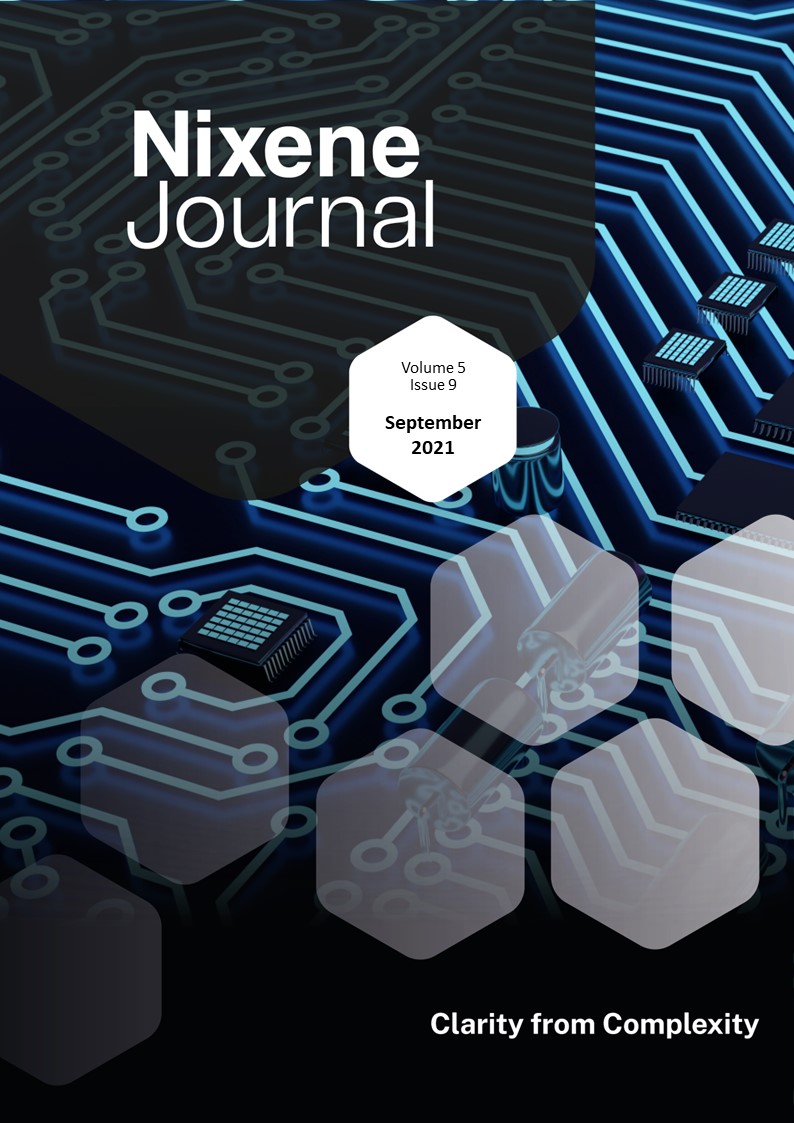
Vol 5 Issue 9
At the time of writing the Paralympic games are still in progress in Tokyo. The able-bodied Olympic games in Tokyo has ended and details of the technology behind some of the medal winning performances has leaked out. Graphene has been playing a role in these games. The gold medal for archery was won by Korea with their athlete using graphene from Standard Graphene to enhance the polymer composite bow. The Women’s cycling produced two gold medals for the Netherlands with the winner using Directa Plus graphene ink in the clothing to maintain optimum heating. Haydale worked with the British team to create a similar wearable technology with its graphene inks for British medal winners. The technology is secret at the moment but we can expect a trickle-down effect to spread graphene further out into the sports market. We have three special features this month. Our Women in Graphene series continues. Debbie an interviewed Akanksha Urade, from India. We noticed Akanksha’s work on our social media feeds, she has a gift for explaining complex subjects in a clear and concise way that shows she really understands the science. This matches our ABC approach (p.6) and we respect her talents, well worth a read. Debbie also interviewed Dr. Chris Griggs of the US Army ERDC. They have been excited about the potential for graphene for some time now and are actively exploring several avenues of development. They are working with Universal Matter who are developing the flash graphene process from Prof James Tour’s lab at Rice University. They also have a strong interest in the removal of toxins from wastewater and they have an increasing interest in graphene and infrastructure applications, particularly with concrete and asphalt. I interviewed the leadership team behind the world’s first application of unreinforced graphene enhanced concrete. The GEIC and Nationwide Engineering have made a quantum leap in the application of this technology that they call Concretene. Concrete can not only be made stronger, so less is used, but graphene also helps the concrete achieve its final strength much faster than anyone expected. We suspect there are more benefits waiting to be discovered from these trials. There is so much more happening in the world of graphene and 2D materials this month. I have run out of space to summarise here so I’ll encourage you to dive into this packed issue and explore further. Adrian Nixon, 1st September 2021£45.00 View product

